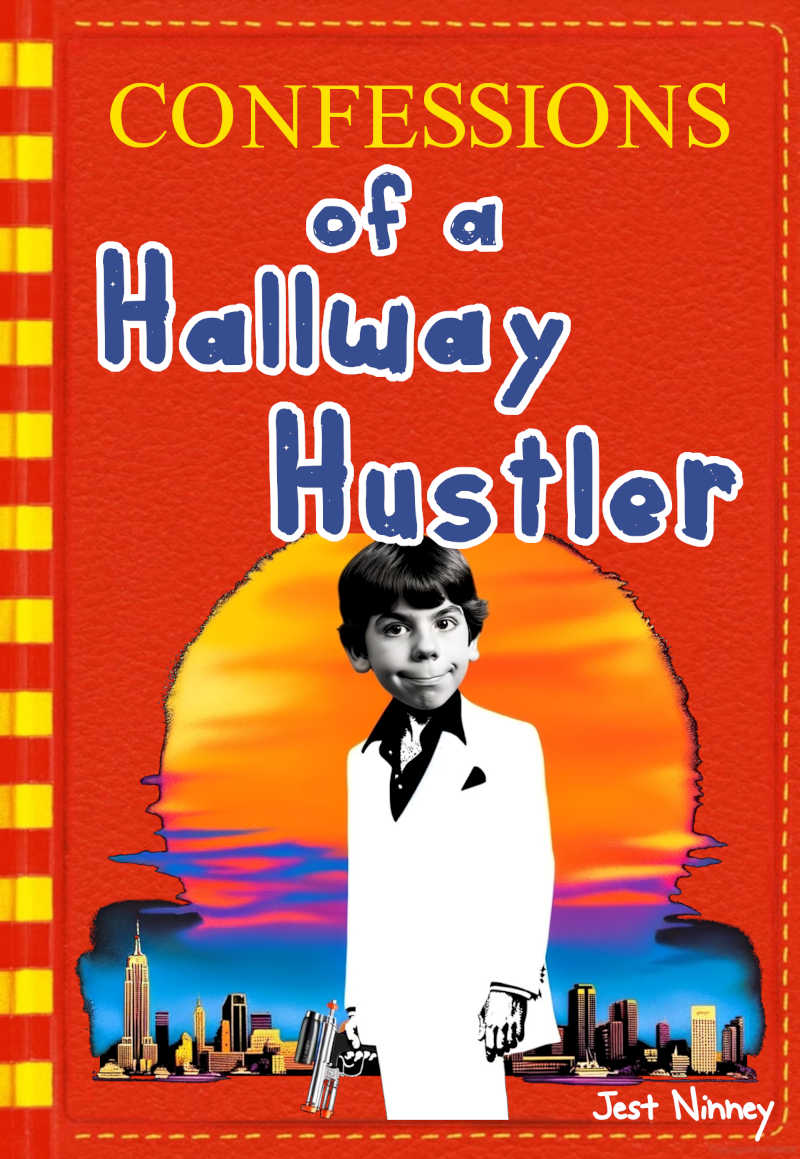Definition of Intertextuality
Intertextuality is a literary term that refers to the relationship between different texts. Specifically, it’s the way in which one text influences, echoes, or responds to another. This can happen through direct quotations, allusions, or the borrowing of themes, characters, or ideas.
Examples of Intertextuality in Literature
- “Ulysses” by James Joyce: This novel is heavily influenced by Homer’s “Odyssey,” with its characters and structure serving as modern counterparts to the ancient epic.
- “Wide Sargasso Sea” by Jean Rhys: This novel acts as a prequel to Charlotte Bronte’s “Jane Eyre,” providing a backstory for the character of Bertha Mason, who is portrayed as a madwoman in the attic in the original work.
- “The Hours” by Michael Cunningham: “The Hours” is deeply intertextual with Virginia Woolf’s “Mrs. Dalloway.” Cunningham’s novel not only borrows the structure and themes from Woolf’s work but also includes Woolf as a character in one of its narrative strands. The novel explores the lives of three women connected by “Mrs. Dalloway,” thereby engaging in a dialogue with the original text. Readers familiar with Woolf’s work will find deeper layers of meaning in “The Hours,” making it a prime example of intertextuality.
- “His Dark Materials” by Philip Pullman: This trilogy is influenced by John Milton’s epic poem “Paradise Lost.” Pullman takes themes of rebellion, knowledge, and morality from Milton’s work and incorporates them into his own narrative. The title itself, “His Dark Materials,” is a line taken from “Paradise Lost.” The series serves as both an homage to and a critique of Milton’s themes, particularly the concept of original sin and the nature of good and evil.
Significance in Literary Criticism
Intertextuality is significant in literary criticism because it provides a framework for understanding how texts interact with each other and influence cultural or social perspectives. It allows critics to explore the layers of meaning that a text might have, depending on its relationship with other texts.
Parody as a Form of Intertextuality
Parody is a specific form of intertextuality in which one work imitates another in order to criticize or mock it. The parody relies on the audience’s familiarity with the original text to understand the nuances and criticisms being presented.
Examples of Parody as Intertextuality
- “Gulliver’s Travels” by Jonathan Swift: This work parodies travel narratives, using the conventions of the genre to critique various aspects of society. The intertextual relationship between Swift’s work and travel narratives enriches the satire, making it more impactful.
- “Pride and Prejudice and Zombies” by Seth Grahame-Smith: This parody is intertextual because it directly incorporates text from Jane Austen’s “Pride and Prejudice,” while adding elements of zombie fiction. The juxtaposition creates a critique of the social norms presented in the original work.
- “The Wind Done Gone” by Alice Randall: This novel is intertextual with “Gone with the Wind,” as it retells the story from a different perspective. The parody serves to critique and question the romanticized portrayal of the American South in the original.
- “Rosencrantz and Guildenstern Are Dead” by Tom Stoppard: This play is a spin-off from Shakespeare’s “Hamlet,” focusing on two minor characters, Rosencrantz and Guildenstern. The play uses the events and characters from “Hamlet” as a backdrop, but shifts the perspective to offer a new interpretation. The audience’s understanding of “Hamlet” enriches their experience of the parody, making the work a clear example of intertextuality.
In summary, intertextuality is a crucial concept in both literature and literary criticism, offering a lens through which to explore the relationships between texts. Parody serves as a form of intertextuality by imitating and critiquing another work, thereby adding layers of meaning and interpretation.

